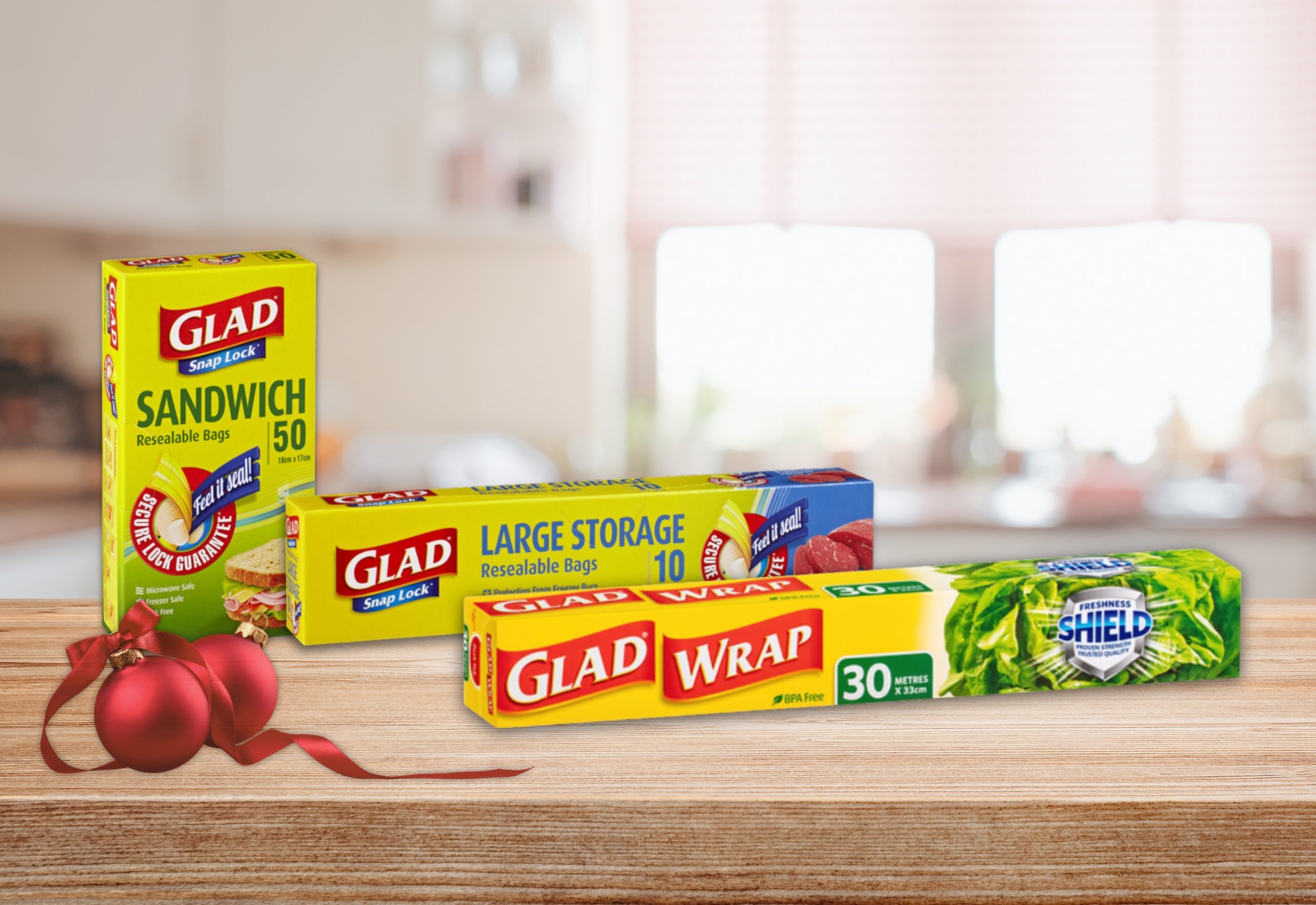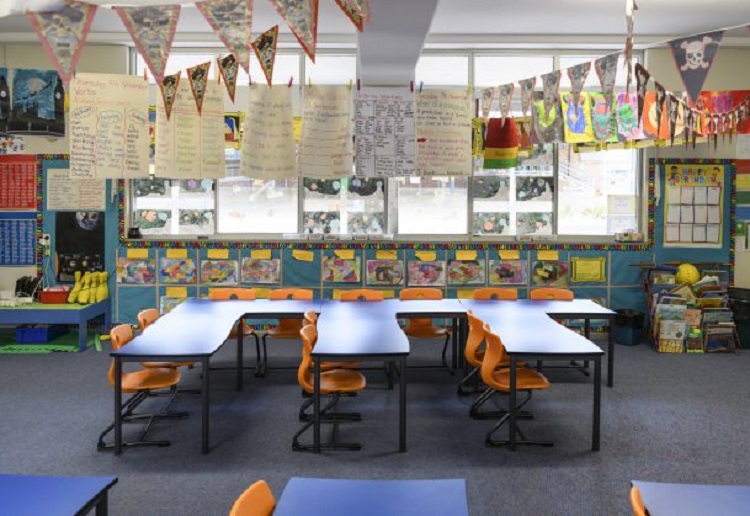Classroom walls are often covered with Maps, number lines, shapes, artwork and other material, but is that a good thing? Apparently not!
Too much of a good thing may end up disrupting attention and learning in young children, according to research published in Psychological Science, a journal of the Association for Psychological Science.
Psychology researchers Anna V. Fisher, Karrie E. Godwin and Howard Seltman of Carnegie Mellon University looked at whether classroom displays affected children’s ability to maintain focus during instruction and to learn the lesson content.
They found that children in highly decorated classrooms were more distracted, spent more time off-task and demonstrated smaller learning gains than when the decorations were removed.
“Young children spend a lot of time — usually the whole day — in the same classroom, and we have shown that a classroom’s visual environment can affect how much children learn,” said Fisher, lead author and associate professor of psychology in the Dietrich College of Humanities and Social Sciences.
“We do not suggest by any means that this is the answer to all educational problems. Furthermore, additional research is needed to know what effect the classroom visual environment has on children’s attention and learning in real classrooms,” Fisher said.
“Therefore, I would suggest that instead of removing all decorations, teachers should consider whether some of their visual displays may be distracting to young children.”
The study
24 kindergarten students were placed in laboratory classrooms for six introductory science lessons on topics they were unfamiliar with.
Three lessons were taught in a heavily decorated classroom, and three lessons were given in a sparse classroom.
The results showed that while children learned in both classroom types, they learned more when the room was not heavily decorated.
Specifically, children’s accuracy on the test questions was higher in the sparse classroom (55% correct) than in the decorated classroom (42% correct).
“We were also interested in finding out if the visual displays were removed, whether the children’s attention would shift to another distraction, such as talking to their peers, and if the total amount of time they were distracted would remain the same,” said Godwin, a Ph.D. candidate in psychology and fellow of the Program in Interdisciplinary Education Research (PIER).
However, when the researchers tallied all of the time children spent off-task in both types of classrooms, the rate of off-task behavior was higher in the decorated classroom (38.6% time spent off-task) than in the sparse classroom (28.4% time spent off-task).
The researchers hope these findings lead to further studies into developing guidelines to help teachers optimally design classrooms.
We may get commissions for purchases made using links in this post. Learn more.























-

-
-
-
mom74005 said
- 12 Sep 2018
-

-
-
-
Ellen said
- 12 Sep 2018

-

-
-
-
Blossom said
- 11 Sep 2018
Post a comment7:30 am
4:13 am
10:17 pm
To post a review/comment please join us or login so we can allocate your points.